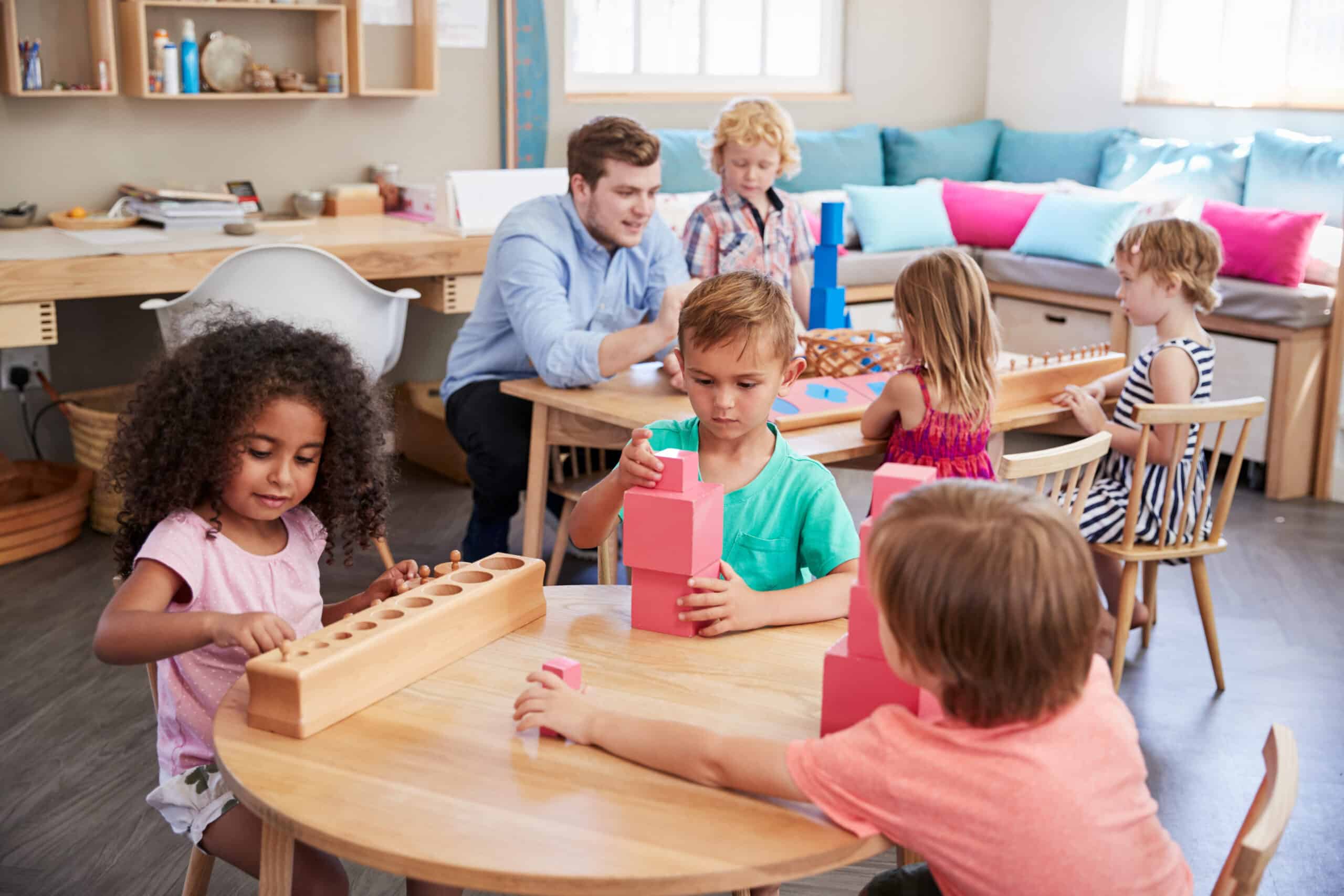What is the opposite of Montessori? The opposite of Montessori education is a more traditional, teacher-centered approach to learning. The direct-instruction method in which the teacher is the primary source of information and the curriculum is rigidly structured could be considered the polar opposite of Montessori. Keep reading to learn more about different models of education and what makes Montessori unique.
Key Points of Traditional Teacher-centered Teaching Style
- Children are encouraged to sit quietly and absorb information as a single teacher lectures for a set period of time.
- Authority and authoritative rule will generally be prioritized over self-instruction.
- Individuality is generally held at a higher importance than collaboration in learning and teaching styles.

Educational Philosophy: A Brief Overview
Western Education Philosophy
The very earliest methods of education resulted in two separate visions of what it meant to be educated. Western educational thought is based on the idea of rationalism, which emphasizes the use of reason and logical thinking in education. Even in its earliest models (think Socrates, Plato, and Aristotle) the teacher is seen as an authority/authority figure. Western thought focuses on individualism and the importance of individual development and self-expression. Western educational thought also often emphasizes the role of education in transmitting knowledge and culture to future generations. It also includes a strong focus on academic subjects, such as math, science, literature, and history. The Western approach also relies on the use of standardized testing to assess student learning.
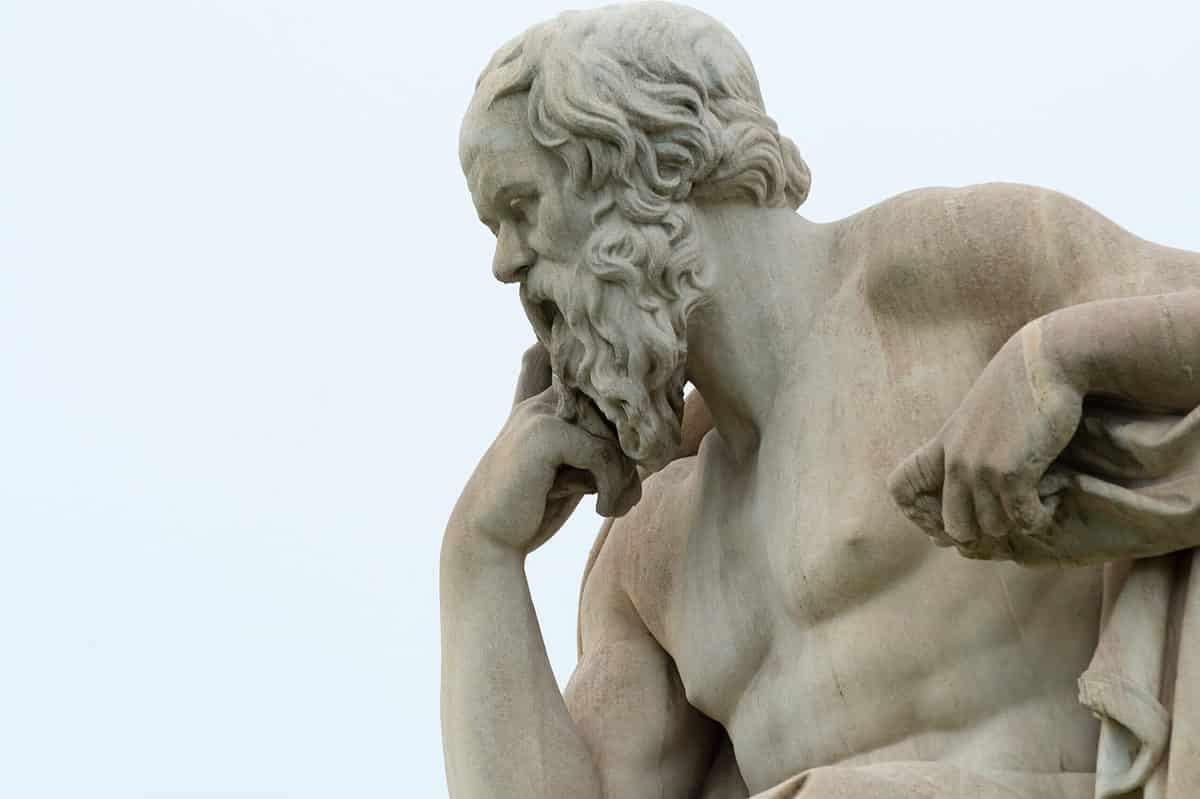
©vangelis aragiannis/Shutterstock.com
Eastern Education Philosophy
Eastern educational thought refers to the philosophical and cultural traditions of education in Eastern cultures. Confucius, Laozi, and the Buddha were some of their earliest founders and teachers. These traditions often place a strong emphasis on holistic development. Moral and ethical education, are considered as important as the cultivation of inner wisdom and self-discipline. Additionally, Eastern educational thought often emphasizes the importance of the teacher-student relationship. The role of the teacher is as a guide and mentor. This is different from Western educational thought which tends to focus on individualism and the acquisition of knowledge and skills.
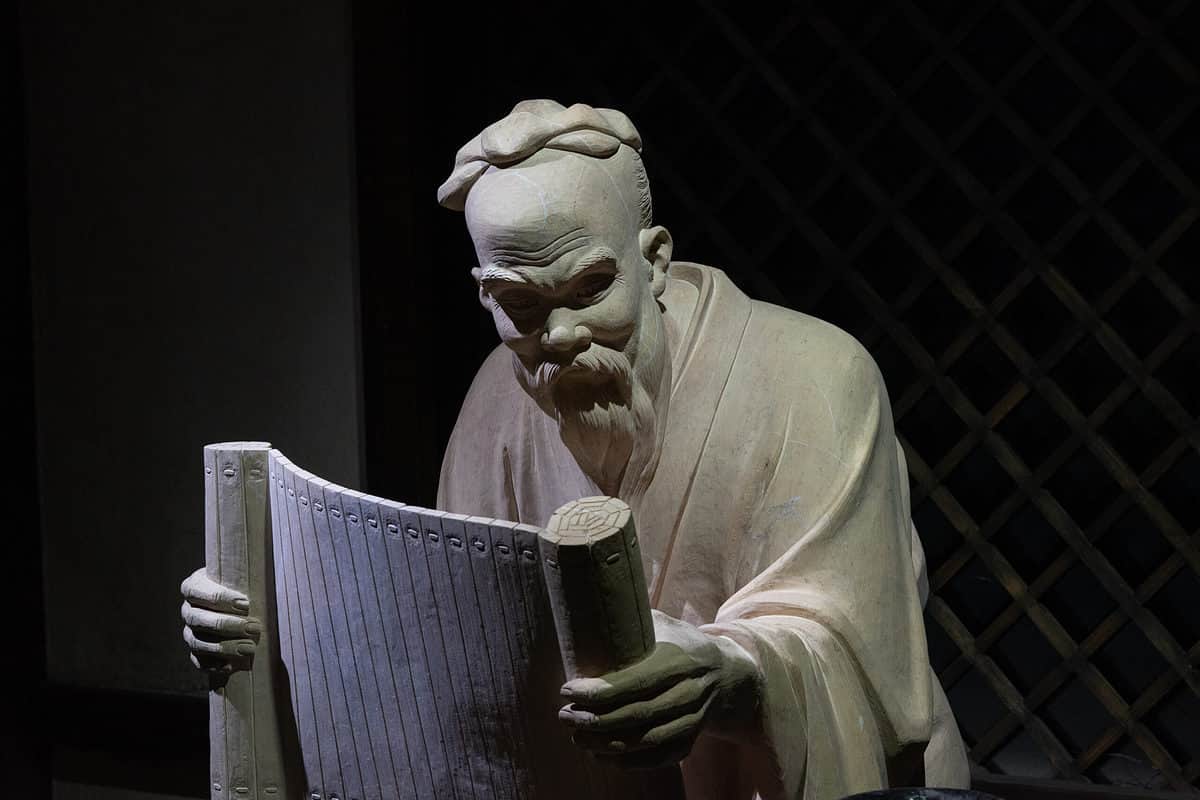
©Silvia73/Shutterstock.com
Montessori Education Philosophy
Western Influence
The Montessori method borrows from both the Eastern and Western models, separating the chaff from the grain. In doing so Maria Montessori conceived and birthed one of the most enduring and widespread education models in the world. From Western philosophy, she took the ideals of individual development and self-expression. She also observed that children learn through the methods of logic and reason.
Eastern Influence
From the East, she incorporates the holistic approach to teaching, recognizing the importance of developing all facets of the child, including a sense of responsibility to oneself and to one's community. The student-teacher bond in Montessori education is a strong one. Montessori teachers, like their Eastern predecessors, act as guides and mentors rather than authority figures and experts.
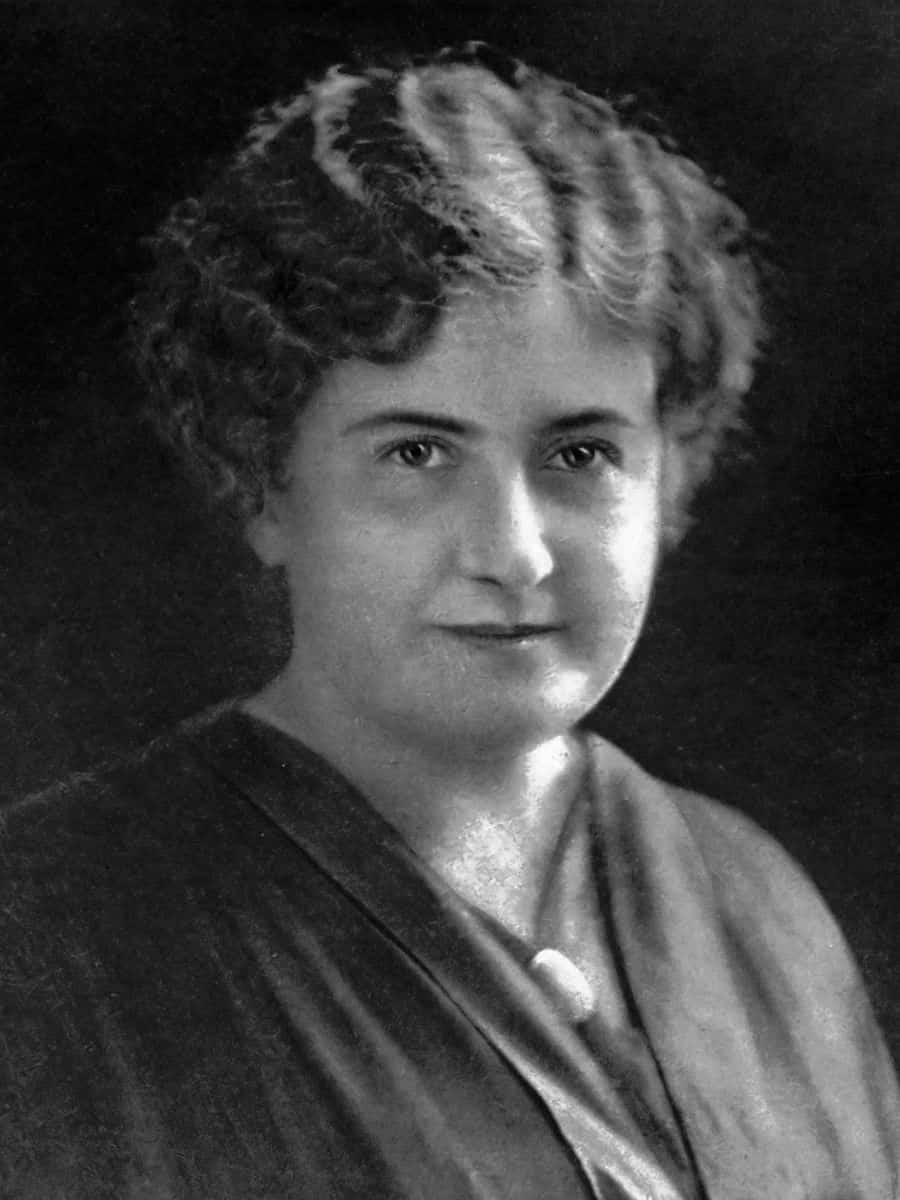
©Nationaal Archief 119-0489, Public domain, via Wikimedia Commons – Original / License
Incorporating the best of both worlds, Maria Montessori created a model of education that has stood the test of time. You can learn more about this amazing woman and her eponymous model of education here.
What is Traditional Education?
When you think about traditional education, you are no doubt considering the direct instruction approach. It's the model in which a teacher imparts information, skills, and strategies through systematic and structured lessons. These lessons often consist of the teacher lecturing a class of students who are seated at individual desks in tidy rows. The students are encouraged to sit still. This approach tends to focus on rote learning, memorization, and the transmission of information from the teacher to the student, rather than on the student's own interests and self-directed learning. It is characterized by clear and specific teaching objectives, a highly structured lesson format, and a focus on active student engagement and immediate feedback.
Direct instruction relies on textbooks, homework assignments, and exams to evaluate student learning. The direct instruction approach has been used in a variety of settings, including primary and secondary schools. And, while it's not the ideal method, it tends to work out all right for the majority of students.
An important aspect of tradition is that it is only traditional in name. According to the Atlantic, the factory or traditional style of education started in Prussia in the 1850s and was imported to the U.S. during the late 1890s. This style was designed to create an equal and judgment-free society by paring all children together. However, given the time period, the factory model was the only way to scale production quickly and would generally provide children with a base education to work in factories as they grew up.
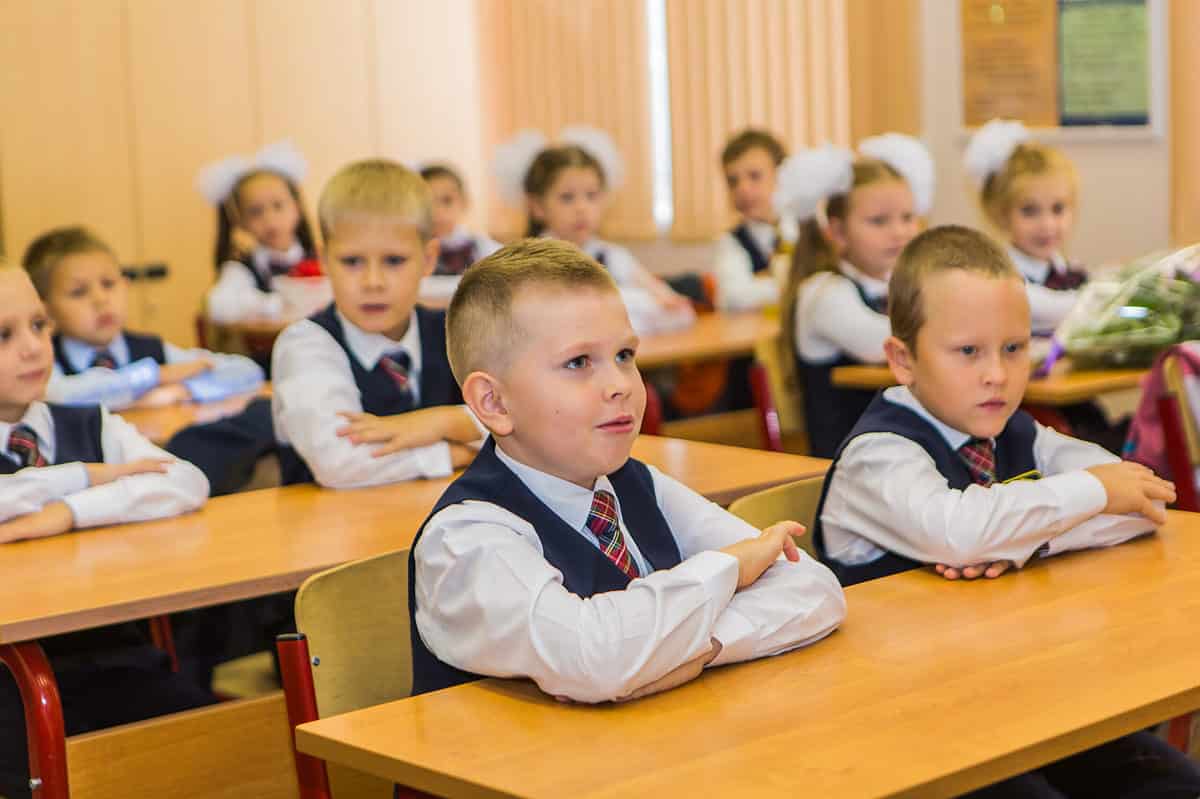
©Smile19/Shutterstock.com
Montessori Education
Overview
Montessori education is a child-centered educational approach that emphasizes self-directed activity, hands-on, experiential learning, and collaborative play. It was developed by The Montessori method is based on the belief that children have an innate desire to learn and that they learn best through self-directed play and exploration. It is characterized by mixed-age classrooms, trained teachers, and a prepared learning environment that allows children to learn at their own pace. Children are not subjected to tests or the subsequent grades they produce. Rather, they are observed by the class teacher. They, in turn, will communicate milestones and concerns with parents through casual conversations and written narratives. Such communication paints a more thorough picture of a child's abilities than a letter or number grade.
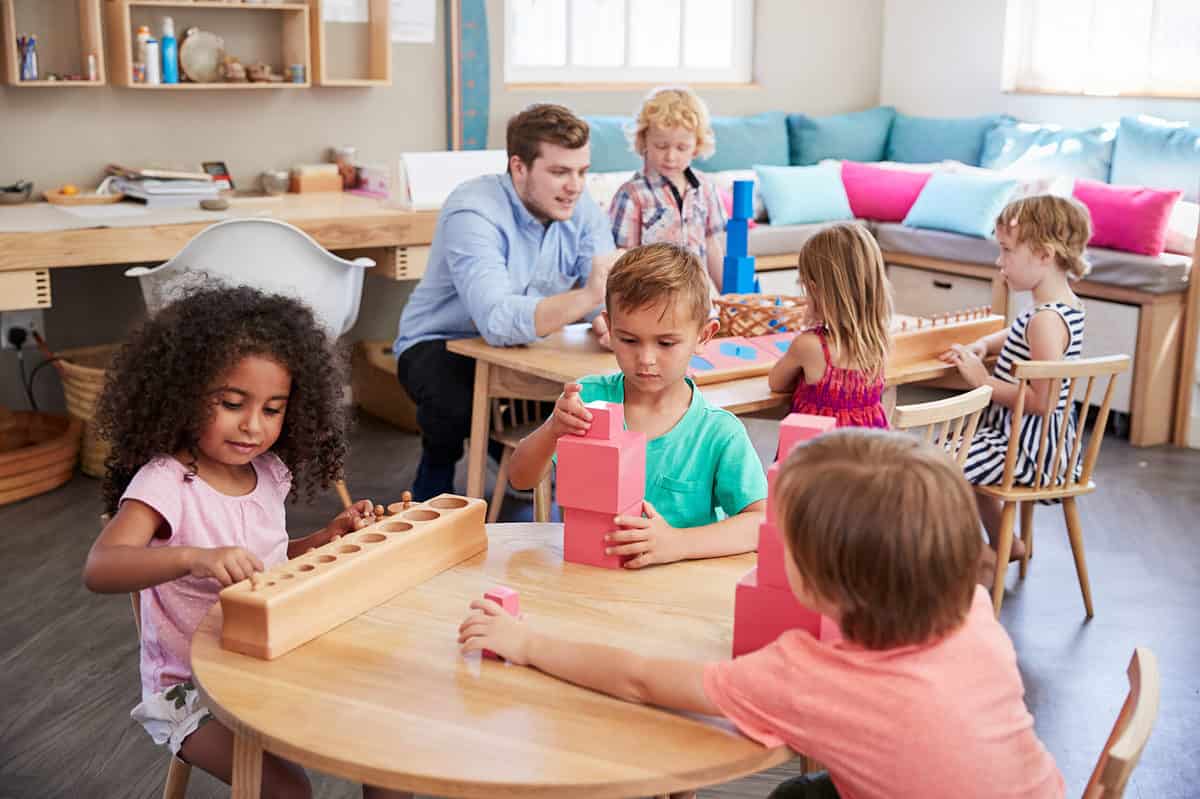
©Monkey Business Images/Shutterstock.com
Collaborative Learning
Teachers in the Montessori classroom act as guides rather than authorities. And though it can be noisy and disorderly, at times, the benefits of self-directed collaborative learning have been time-tested and well-proven. Collaborative learning is a method of teaching and learning in which students work together to achieve a common goal. This can involve students working in small groups, or in pairs, to complete tasks or projects, or to discuss and share their understanding of a subject. The emphasis is on active participation and interaction among the students, rather than passive absorption of information from a teacher or textbook. The goal of collaborative learning is to help students develop critical thinking skills, problem-solving abilities, and the value of teamwork.

©Rawpixel.com/Shutterstock.com
The purpose of education is to acquire knowledge and develop skills and abilities that will allow individuals to live fulfilling lives. Montessori education also helps individuals become critical thinkers, problem solvers, and lifelong learners, who live with purpose, and a reverence for life in all of its forms.
The image featured at the top of this post is ©Monkey Business Images/Shutterstock.com.
